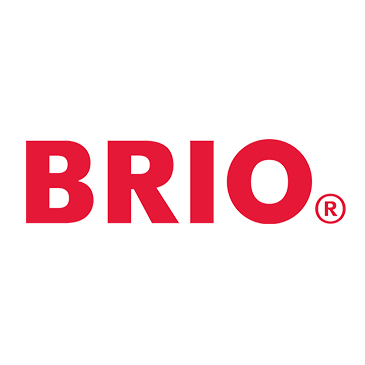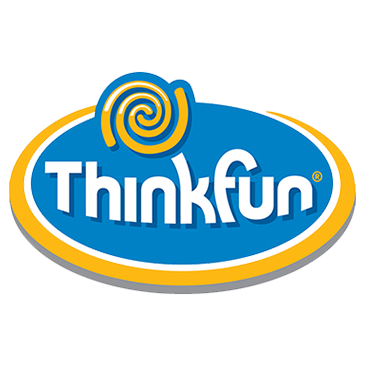id="trbo-above-first-editorial"
Our History
Here is our group timeline highlighting the core historical milestones from our three global brands: The blue triangle, BRIO and ThinkFun.



Ravensburger Group: We are a family.
The Ravensburger Group sees itself as a corporate family in the best sense of the word, each company and brand individual in its character and strengths, but all united by a common mission:
Encourage discovery of what really matters.
In today's fast-paced modern society where there is little time for and with each other, we want to offer moments of togetherness and personal development. This is what Ravensburger, BRIO and Thinkfun achieve with their offerings: playful quality content with high entertainment value; durable and well-designed products; creative educational concepts that support children in their personal development.
This is also how consumers judge our offers in market surveys. And ultimately, they underline the success stories that all three companies have written. What is interesting is that every company has pursued their very own educational approach, which unite very well in our mission today:
This is also how consumers judge our offers in market surveys. And ultimately, they underline the success stories that all three companies have written. What is interesting is that every company has pursued their very own educational approach, which unite very well in our mission today:


